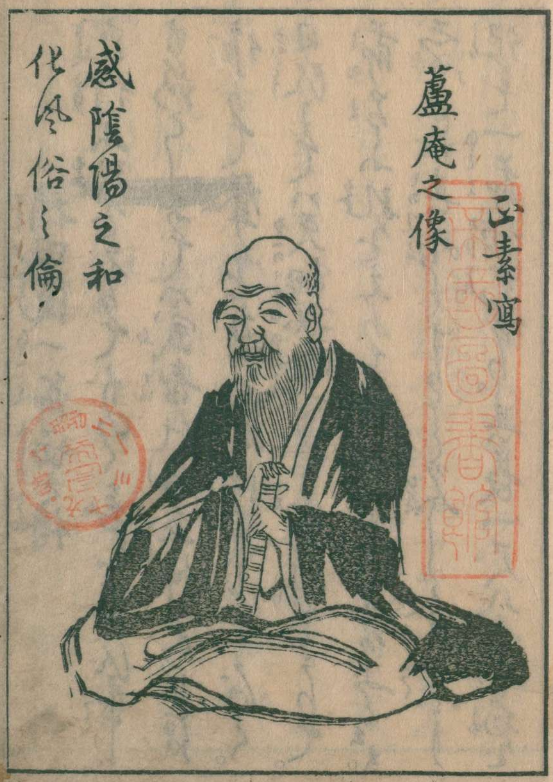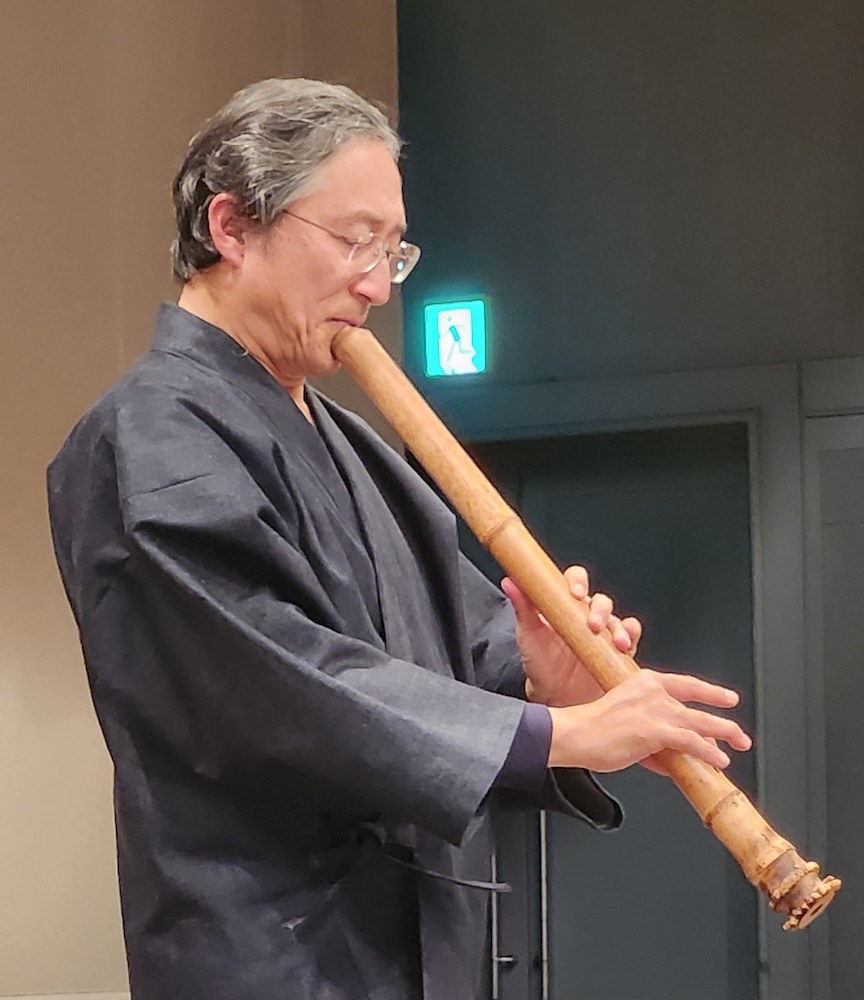本音尺八 Hon-on Shakuhachi
Edo-Style Shakuhachi for old-style honkyoku
News
I'm really enjoying teaching and playing hitoyogiri these days. Everything I love about shakuhachi is there, with perhaps even more simplicity and depth due to the short pieces and modal variations. The classical pieces were primarily played by monks and samurai, with an aim toward a true sound that is not self-conscious. These were not performance pieces, but short meditations designed to bring the player into harmony with the seasonal changes of life. Visit the lessons page to sign up and join us.

Lessons with Dr. Yamada
Dr. Yamada, my primary teacher for Kinpu-ryu shakuhachi as well as Chinese Philosophy, is about to retire from his long tenure at Hirosaki University. He holds a Tozan-ryu shihan, and has been a Designated Prefecutral Cultural Treasure Holder for Kinpu-ryu since 2006, and was playing over a decade before that. Appropriately, his playing style is slightly different from mine, being slightly more attuned to a modern sense of musicality, but we share the same philosophy.
Retirement frees up his time, so he has decided to begin accepting online students. He's been instrumental in helping me grow as a person and as a player, and I'm sure he'll do the same for you. He is only able to take on a few students, however, so please contact me if you're interested.

Fumen-dai / Music Stand
My hand-made Japanese magnolia wood music stand designed specifically for shakuhachi is finally coming back. We're producing just a small number of these, slated for completion in July 2025. You can take a look and / or place an order here.


Hon-on(本音)means "True Sound." The same characters can also be read in Japanese as "hon-ne," which carries two meanings - "true sound," and "true feelings."
I make shakuhachi in an old, Edo era style, for people who, like some of the Komuso of old, are looking to express their own true sound. Hon-on flutes are Edo-style ji-nashi, which means that they make maximum use of each individual piece of bamboo's natural, mysterious tone color. Each flute receives several months (or years) of attention, during which it is carefully played, tuned and balanced to a premodern Japanese aesthetic ideal for old-style honkyoku playing.
In addition to Edo-style shakuhachi, I make hitoyogiri shakuhachi, the ancestor of the Edo-era shakuhachi. I also do repairs, maki-e shakuhachi ornamentation in silver and gold, and sell used and vintage shakuhachi, both ji-ari and ji-nashi. Feel free to use the contact form if you have any quesitons.